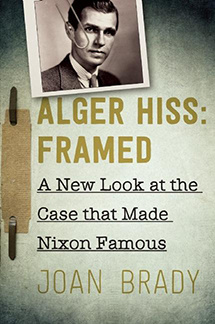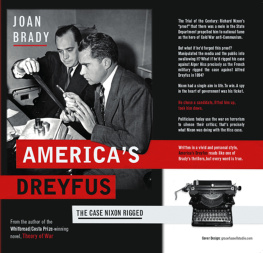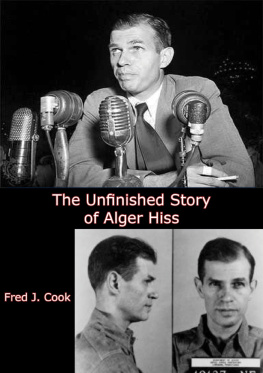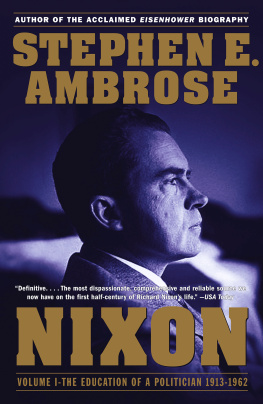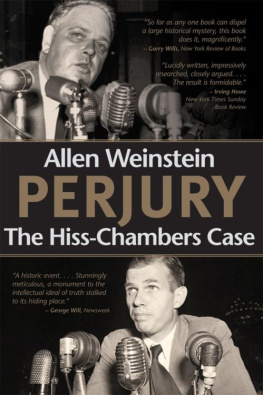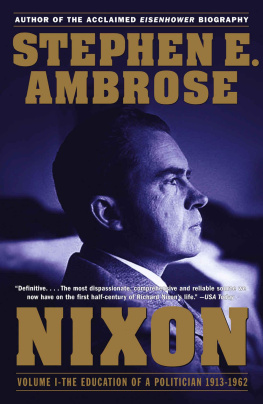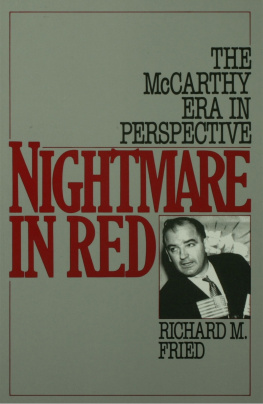Praise for Alger Hiss: Framed
Joan Bradys highly readable take on Alger Hiss adds valuable, new personal information to his ever-fascinating story. It will be of interest not merely to scholars of the case, but anyone who cares about history and getting it right.
Victor Navasky, publisher emeritus of The Nation , winner of National Book Award for Naming Names
Joan Brady has written an evocative, graceful memoir filled with novel reminiscences of her friendship with Alger Hiss. It is a most unusual book, using memory and a Talmudic examination of legal texts to explore the still contested terrain of the Hiss trials. As such, it is sure to incense those historians and partisans wedded to the national narrative crafted by Whittaker Chambers and Richard Nixon. Insightful and provocative, Brady has reopened the Hiss case to a new generation of readers.
Kai Bird, winner of the Pulitzer Prize for The Triumph and Tragedy of J. Robert Oppenheimer
Joan Bradys Alger Hiss: Framed , a personal story about the Alger Hiss case, written by one of our most talented and accomplished writers, is a wonderfully vivid account that conveys the intensity of some of the darkest days in our post-WWII history. Its also full of revelatory new material about the case that started young Richard Nixon on his road to the White House and convinced Americans that the Reds really were threatening our freedom. Its time to revisit this extraordinary story, which historians have been debating for the last half-century; Bradys fresh and compelling book will introduce a new generation to the trial that transformed America.
Jon Wiener, professor of History, University of California, Irvine
A bracing reminder of what indeed was so hateful, so villainous about Nixon and his political ascent.
Spectator
[An] extraordinary book part autobiography, part memoir of Hiss, part thriller, and also a reminder of what happens when a society becomes infected by the paranoia that produced the American Red Scare after the First and Second World Wars.
New Statesman
Bradys book offers a unique perspective. She is an expert storyteller.
Guardian
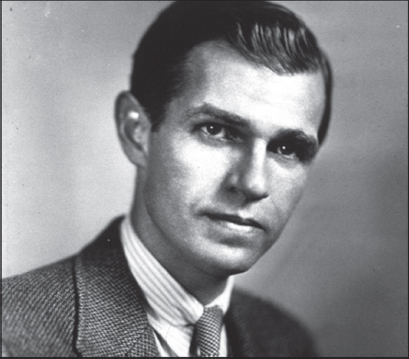
Alger Hiss
Secretary General of the United Nations Organizing Conference
President of the Carnegie Endowment for International Peace
Prisoner 19137 Lewisburg Federal Penitentiary
Copyright 2016, 2017 by Joan Brady
All rights reserved. No part of this book may be reproduced in any manner without the express written consent of the publisher, except in the case of brief excerpts in critical reviews or articles. All inquiries should be addressed to Skyhorse Publishing, 307 West 36th Street, 11th Floor, New York, NY 10018.
Arcade Publishing books may be purchased in bulk at special discounts for sales promotion, corporate gifts, fund-raising, or educational purposes. Special editions can also be created to specifications. For details, contact the Special Sales Department, Arcade Publishing, 307 West 36th Street, 11th Floor, New York, NY 10018 or
Arcade Publishing is a registered trademark of Skyhorse Publishing, Inc., a Delaware corporation.
Visit our website at www.arcadepub.com.
10 9 8 7 6 5 4 3 2 1
Library of Congress Cataloging-in-Publication Data is available on file.
Library of Congress Control Number: 2017943951
Cover design by Erin Seaward-Hiatt
Cover photo of Alger Hiss and frontispiece courtesy of the FBI
Print ISBN: 978-1-62872-711-1
Ebook ISBN: 978-1-62872-714-2
Printed in the United States of America
Contents
Introduction
Y ou would expect the President of the Carnegie Endowment for International Peace to win a Nobel Peace Prize, especially when hes the same man who organized the United Nations, served as its Secretary General while he did so, and then carried the UN charter home to the White House on a special army plane. Instead, this very man was tried in a criminal court, found guilty, and sent to prison. It was called the Trial of the Century, and it was a media circus second to none. The year was 1951. The convicted felons name was Alger Hiss.
I knew Alger for more than thirty years, and I never liked him much. I cant for the life of me figure out whynot even nowbut because of that, I didnt bother to learn about his case until I faced prosecution myself, though on hardly a scale approaching his. Still, court casesthe threat of a stretch in prisondo something to a person. Nobody I knew had ever stood in the dock. Except Alger. He was long dead by then, and I started reading about him out of morbid interest in the ordeal of a fellow sufferer. But the more I read, the more outraged I became. Facts had been twisted and distorted to link together chains of events conjured out of nowhere. Witnesses had been intimidated and suborned. Evidence had been created. Evidence had been suppressed. Evidence had been destroyed. This was a vicious, politically motivated frame-up, and its never been properly exposed. The longest-serving justice of the United States Supreme Court wrote: In my view no court at any time could possibly have sustained the conviction.
The Hiss case put Richard Nixon on the road to the White House; he sailed into the Senate while he was still prosecuting Alger, and he went straight from the Senate to the job of vice president under General Eisenhower. A decade later he had the Oval Office to himself. Hed worked hard for his prize. He says in his White House tapes that he had Alger convicted long before the Trial of the Century began. How? We won the Hiss case in the papers. And so he had. Never before had there been a press campaign like it. Nixon turned the hero of the United Nations into the villain of the Cold War against Communist Russia with headline screamers and an extraordinary jumble of old-fashioned lies. The most jaw-dropping of them involved his proof of the greatest treason conspiracy in American history. This was, he said, microfilm of top secret army documents to be passed to the Soviets. One of his sidekicks plucked it out of a pumpkin, a midnight raid on a vegetable patch that made headlines all across the country. He said the developed film would make a pile three feet high. Three feet high: thousands upon thousands of pages. Photographs of him examining this very microfilm with a magnifying glassjust like Sherlock Holmeswere plastered across front pages everywhere.
What was in this huge, amazing cache? Nobody knew. Nixon wouldnt tell. It was too secret. The Justice Department subpoenaed it. Nixon refused to turn it over; he said the Justice Department was riddled with Communists, that theyd cover up this terrible act for no better reason than to keep the present government in office at the next election. He kept the film top secret for a quarter of a century. An incredible feat. For all those years, he manipulated everybody into believing it was too sensitive to be revealed to anybody.
And what did it turn out to be?
Home camera snapshots of maintenance manuals from a public library.
Literally.
People sometimes call Alger Hiss Americas Dreyfus. The French military command charged army Captain Alfred Dreyfus with passing military secrets to Imperial Germany. Evidence was forged, tainted, planted, suppressed to make a case, and in 1894 they sent him for life to the Devils Island penal colony. A massive cover-up followed; the press and public opinion swallowed it whole. Dreyfus was a Jew, and antisemitic riots burst out all over France. World opinion was horrified. As Piers Paul Read put it: How could France, the most civilized country in Europe, experience this eruption of medieval barbarism?
Next page
